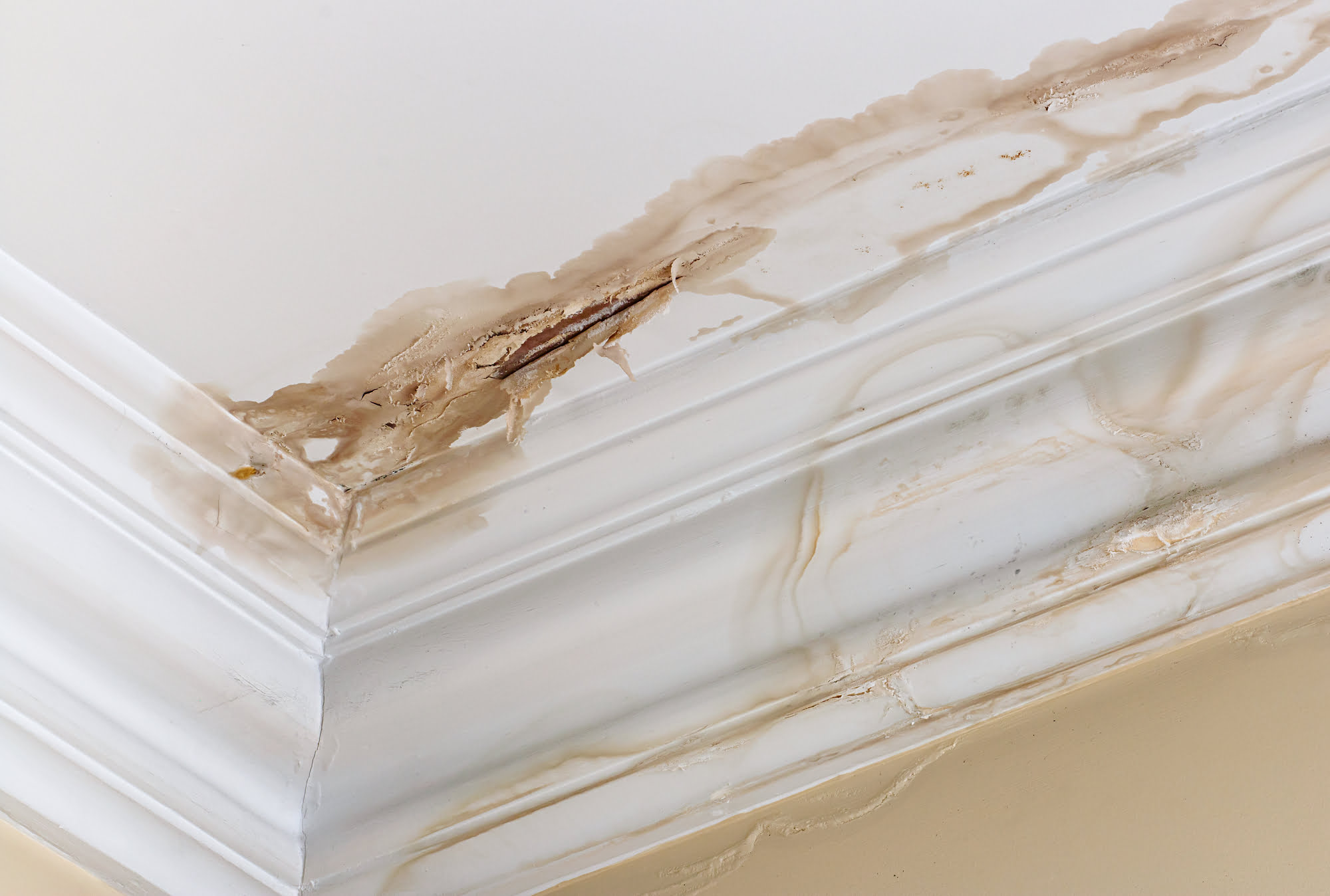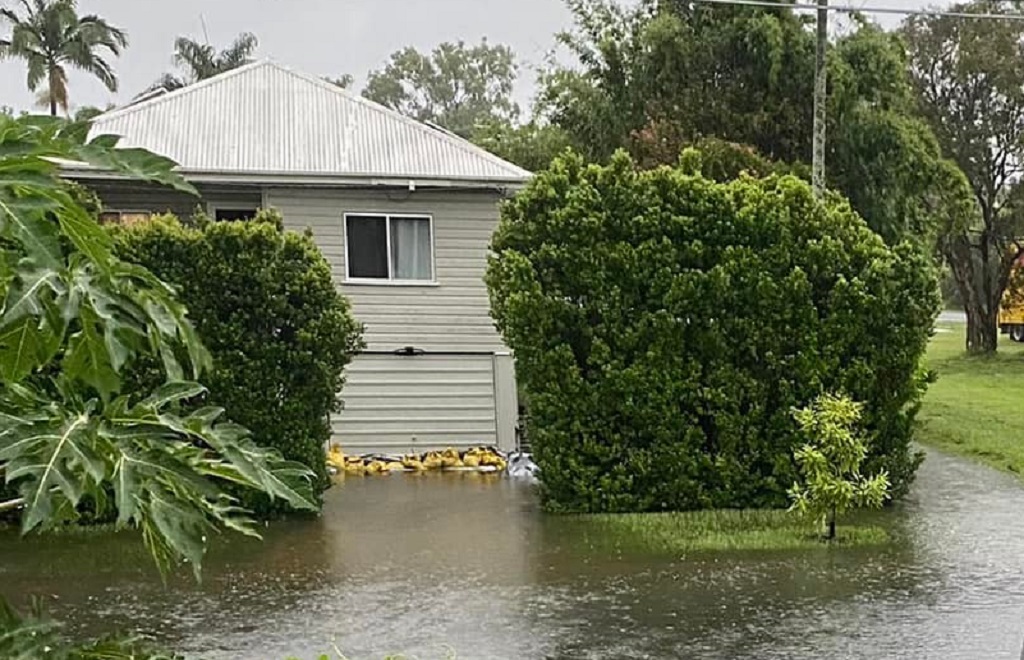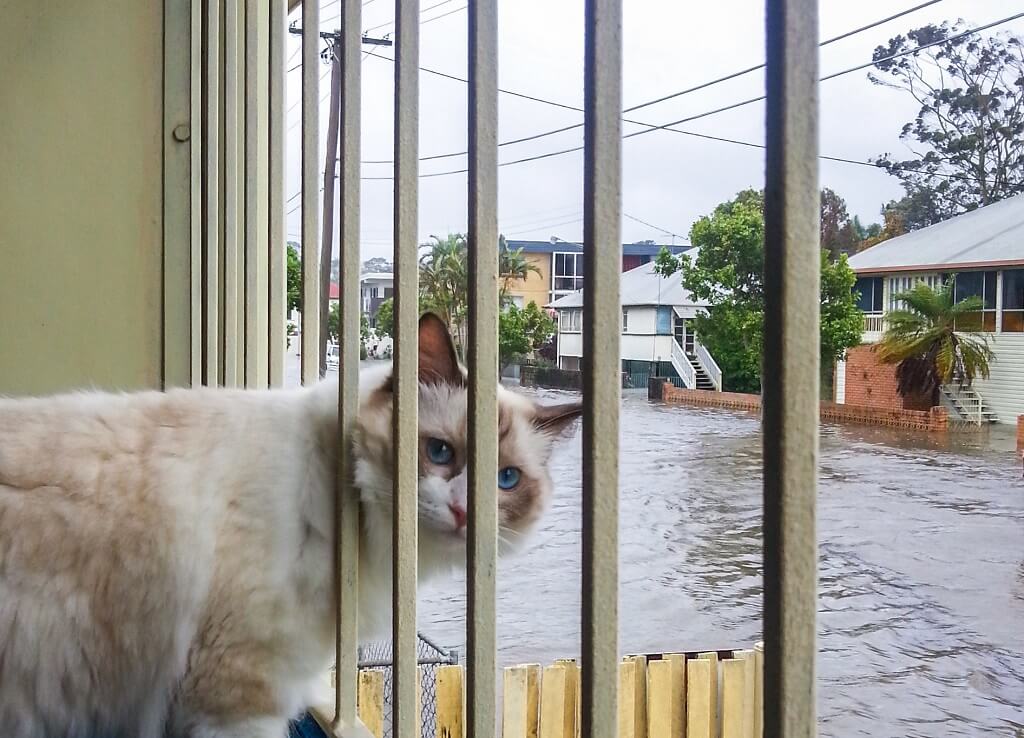No one likes to see a stained wet patch on their white ceiling, but this is a sign of water damage in your roof.
Note that Action Property Inspections is a specialist service for pre-purchase property inspections in Brisbane. We do not offer waterproofing inspections as a stand-alone service.
Water damage to your roof cavity and ceiling can be caused by a few problems. Some can be easy to fix, but others can be hard to identify and may require further investigation.
What causes water damage to your roof cavity?
The common causes for water damage to your roof cavity include:
- Blocked gutters and downpipes
- Inadequate stormwater drainage
- Broken roof tiles
- Intense rain or hail storm
- Rusted roof sheets
- Rusted or deteriorated flashing around roof penetrations like vents and chimney
- Burst water pipe
- Poor weatherproofing
An inspection of the roof and gutters, including box and valley gutters, can determine the cause of the water leak.
When water finds an orifice in the roof, it can travel inside the cavity causing damage to the ceilings. Sometimes the damage on the ceiling may not be in the same location as the water leak. This is why an inspection is important.
Which problems causing water damage to your roof are easy to fix or a difficult dilemma?
Blocked gutters and downpipes can usually be fixed with a call out from a plumber and preventative maintenance. Remove debris from gutters to prevent it causing blockages.
Inadequate stormwater drainage can also be corrected with the replacement of gutters and the addition of extra downpipes and stormwater pits. Upgrading the size of the downpipes from 90mm to 100mm can greatly assist, too.
Broken roof tiles can be an easy DIY fix. The replacement tile needs to match the existing tiles, and safety must be considered when climbing the roof.
Intense rain or hail can be hard to ascertain until the event. The best response is to ensure the roof, gutters and downpipes are adequate for your dwelling.
Rusted roof sheets and flashings can also be replaced. This fix is often more expensive. With flashings, a sealant can provide a temporary solution until a new flashing is manufactured and replaced.
A burst water pipe can vary in cost and time to repair. Leaks can occur on connections or due to deterioration or penetration of the pipe. Often a piece of pipe is replaced with connections on either side to repair the burst pipe. The difficulty with this problem is locality as sometimes the leak can be hard to identify if it’s slow.
Lack of waterproofing on the roof deck can also allow water into the roof cavity. Liquid sealants can be painted on the roof deck. It’s best to engage a licensed waterproofer for this job as they have the experience and insurance for installation.
Parts of the roof which can be affected by water damage
The ceiling joist and hanging joist are just some of the structural components within the roof cavity which can be affected by water damage. It’s important to know what each structure is and how they can be affected if subjected to constant moisture.
What is a ceiling joist?
The ceiling joist is the horizontal timber structure which keeps a ceiling fixed. They also support and fix diagonal rafters. The ceiling joist runs from wall to wall horizontally.
What is a hanging joist?
A hanging joist can also be known as a hanging beam and they are run perpendicular to the ceiling joists to join them together. A hanging joist will run across the top of a ceiling joist.
What is a strutting beam?
Strutting beams support the pitched roof loading. They sit between the joists to support the roof struts.
The joists, hanging beams and strutting beams are necessary parts of the roof cavity. If they are constantly moist due to water leaks, they can succumb to fungal decay, causing serious structural damage to your home.
While you may be able to identify some red flags of roof problems during an open home inspection, a full inspection of the ceiling and roof cavity in a home you wish to purchase is important. A building inspector will identify any water damage concerns, which could be costly and inconvenient to rectify.
Contact the Action Property Inspection team for a pre-purchase inspection today.




